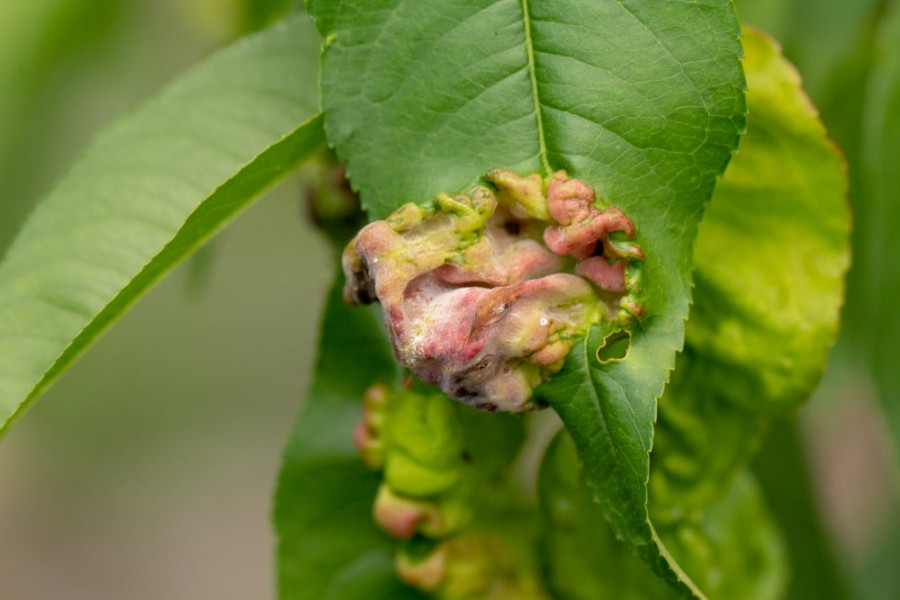The Right Time For Bordeaux Mixture
Bordeaux mixture is a fungicide made from a mixture of copper sulfate and lime (calcium hydroxide), used as a protective agent against plant diseases. Discovered in the late 19th century in France's Bordeaux region, from which it takes its name, this mixture is especially used in viticulture to effectively combat fungal diseases and is also used on a wide range of fruit trees, vegetables, and ornamental plants.
Components and Preparation of Bordeaux Mixture
You can buy ready-made Bordeaux mixture from agricultural supply stores, or you can prepare it yourself. The mixture consists of copper sulfate (also known as blue vitriol) and lime (also called slaked lime), mixed with water in specific ratios. The most common mixture ratio varies between 1% and 2%, meaning 1 to 2 kilograms of copper sulfate and the same amount of lime are added to 100 liters of water. In the preparation phase, copper sulfate is first dissolved in water, then lime is mixed with water in a separate container to prepare the slaked lime. Finally, these two solutions are slowly combined and thoroughly mixed.
Bordo Bulamacının Faydaları
Bordeaux mixture provides protection against many fungal diseases and some bacterial infections, particularly in fruit plants. This fungicide has a broad-spectrum effect, making it usable on many different types of fruit trees. Here are some diseases that Bordeaux mixture protects fruit plants from:
Apple and Pear
- Mildew: A fungal disease that appears as a gray-white layer on leaves and young shoots.
- Apple Scab: A disease that creates dark spots on leaves and fruits.
- Fire blight: A bacterial infection, especially seen in pears.
Grapes
- Mildew: A disease that causes a white mold-like layer on grape leaves and clusters.
Anthracnose: A fungal disease that creates water-soaked lesions on fruit and leaves.
Peach and Apricot
- Leaf curl: A fungal disease causing the reddening, curling, and falling of leaves.
- Monilinia (Fruit rot): A fungal disease causing fruit to rot and branches to dry out.
Cherries and Plums
- Monilinia: Known as fruit rot and blossom blight, causing fruits and flowers to become infected.
- Shot Hole: A fungal disease that creates holes in leaves.
Application of Bordeaux Mixture
Proper application is important for maximizing benefits and minimizing potential negative effects on plants.
1. Timing
- Bordeaux mixture is generally applied during plants' dormant period, i.e., in the early spring or after leaf fall in autumn. For some diseases, especially when leaves and flowers are newly sprouted, application may be necessary.
- Avoid applying during active growth periods or high temperatures, as this can harm the plants.
2. Preparation of Tools
- Apply the mixture with a sprayer. Ensure the sprayer you use is clean and in working condition.
- Wear personal protective equipment (PPE). Protect your skin and respiratory tract by wearing gloves, goggles, and a mask.
3. Application
- Carefully spray the mixture to cover all surfaces of the plants. The underside and top of leaves, branches, and trunk should be completely covered.
- Pay special attention to areas where diseases are frequently seen and to newly sprouted leaves.
- Ensure the mixture is evenly distributed over the plants.
4. Aftercare
- Clean the equipment used for application thoroughly after use.
- Dispose of the remaining Bordeaux mixture appropriately, and be careful not to pour it directly into the soil or water sources.
Precautions
- Avoid using Bordeaux mixture during flowering periods, as it can negatively affect pollination and be harmful to bees.
- Excessive use can lead to copper accumulation in plants and soil. Try not to apply more than a few times a year and always follow label instructions.
- As with any chemical application, compliance with local regulations and guidelines is important. Additionally, especially if you are engaged in organic farming, seeking guidance from local agricultural advisory services or organic certification organizations can be beneficial.




